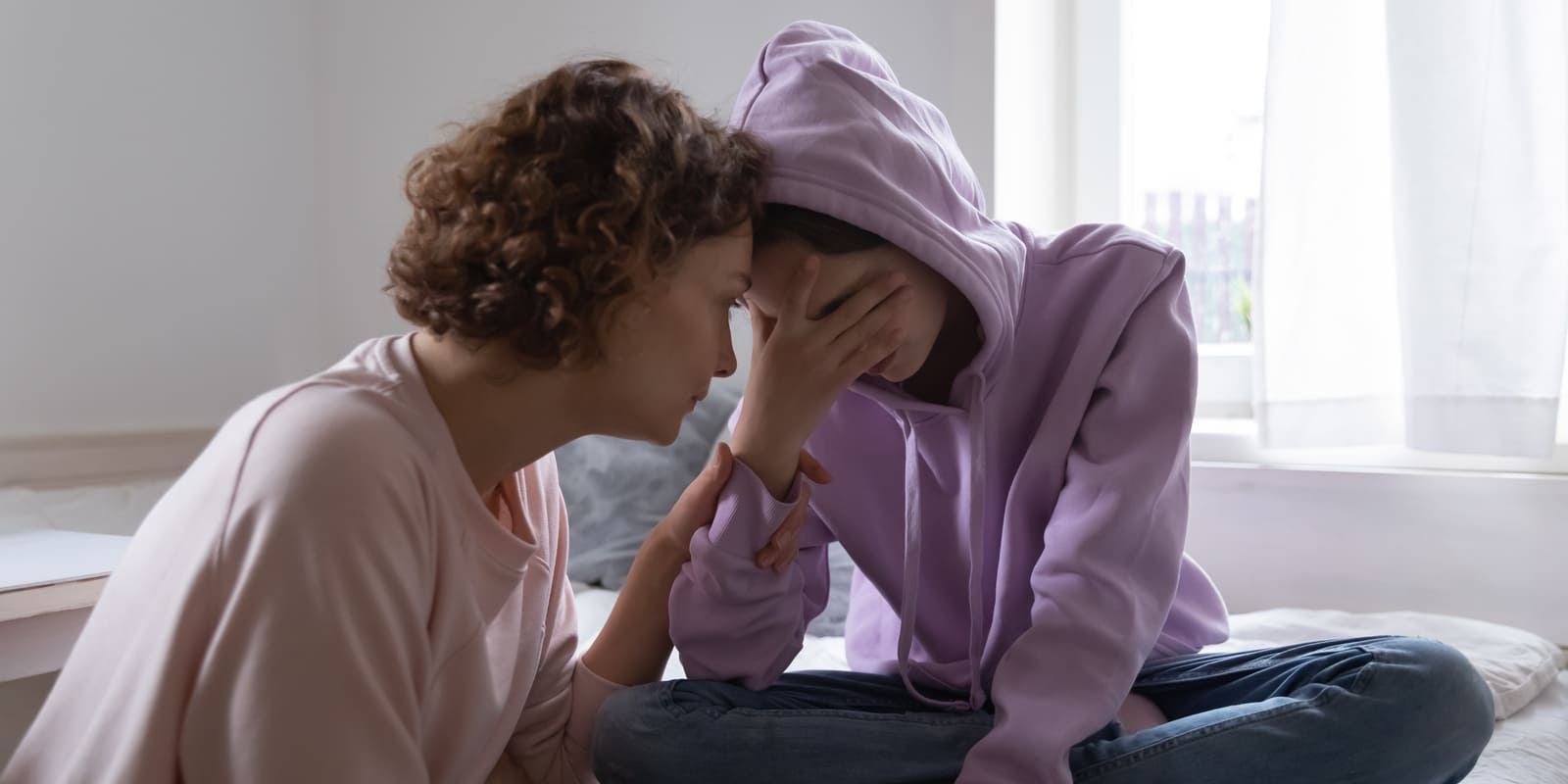‘It’s their fault’ ‘Only girls are at risk.’ ‘All abusers are old men.’ ‘It happens over a long period.’ These are just some of the many myths that surround child sexual exploitation. Here, we help separate fact from fiction.
Common myths explained
Myth: Abuse is in some way the child's fault
The only person to blame for any kind of abuse is the abuser themselves. It is never the child or young person’s fault. Most likely though, the abuser will tell your child differently, making them believe that they have consented, or are to blame or that they are in a loving, supportive relationship, making it even harder for them to tell you about the situation and ask for your help.
The law is clear that claiming a child or young person consented in no way justifies or mitigates this abuse.
Myth: It's only young girls that are at risk
Every child or young person may be at risk from child sexual exploitation. Boy or girl. Gay, straight, bisexual or transgender, with or without disabilities, from any race or religion or family background. Happy at home, popular and high achieving or experiencing difficulties.
Abusers often look for someone who appears vulnerable. This might simply be someone talking about having a tough time at school or home or who’s fallen out with friends.
Children and young people with learning disabilities can sometimes be seen as more vulnerable, with abusers believing that they’re less likely to understand what’s really going on.
Myth: It only happens to 'looked after' children or children in authority care
Despite media reporting, children and young people living at home with family can be just as vulnerable as those cared for by social services or in foster care. There is no fixed pattern to this abuse and abusers will look for victims from all walks of life. Sadly, this is particularly true in the context of online sexual abuse, where abusers can talk directly to victims without ever meeting them in person or even living in the same country.
Myth: Abusers are ‘dirty old men’
Just as any child or young person may be at risk, so too their abusers can be young or old, male or female, gay or straight and from any background. Abusers can be clever and calculating. They can appear friendly and caring towards their victim in a deliberate move to gain their friendship and trust. Or they may use threats, false debts, peer pressure and blackmail to control their victims.
Myth: It only happens in certain ethnic or cultural communities
No one community or culture is more or less at risk than another. Both abusers and victims are known to come from a variety of ethnic and cultural backgrounds.
Myth: Abusers take a long time to groom their victim
Abuse can be random and one-off or it can take place over many months, with abusers building up a relationship with – or ‘grooming’ – their victim. Grooming tends to take time but there are cases where children are groomed quickly. It’s not always a lengthy process and there is no fixed pattern – each case is different.
Abusers may also try to gain your trust, which is why it’s really important to listen to your child and believe them, even if it’s hard to comprehend that someone you know or trust may have caused harm to them.
If grooming takes place online the victim may be invited to meet up offline with the intention of abusing the child or young person. Increasingly however, abusers act anonymously and are more interested in obtaining sexually explicit photos or videos which they then threaten to post on social media, blackmailing the victim and trying to make them produce more material.
Grooming can start with a seemingly innocent conversation on social media or in a chat room. At the start the conversations may not be sexual in nature as the perpetrator seeks to build trust. Very quickly the conversation changes and a question that seems innocent, such as asking what they like about their body or how they feel about a certain girl or boy they know, can then lead to more sexually explicit chat and requests for photos or videos.
Myth: Asking for a sexual photo or video isn't really abuse
The law is clear and producing or obtaining an image of child sexual abuse is an extremely serious crime. However, abusers are often clever. They know how to ask for naked photos or videos in a way that will make your child feel attractive, admired, excited, proud of how grown up they are. They also know that your child probably won’t be aware that, once online, it can be very easy to share photos or videos with other abusers – or use those photos or videos to blackmail your child into sending more.
 Activities & Play
Activities & Play Behaviour
Behaviour Childcare
Childcare Development & Growing Up
Development & Growing Up Family, Friends & Relationships
Family, Friends & Relationships Feeding Your Baby
Feeding Your Baby Food & Eating
Food & Eating Health & Safety
Health & Safety Mental Health & Wellbeing
Mental Health & Wellbeing Money & Work
Money & Work Online Behaviour & Safety
Online Behaviour & Safety Pregnancy & First Days
Pregnancy & First Days School & Education
School & Education Sleep
Sleep










 School & Education
School & Education
 Mental Health & Wellbeing
Mental Health & Wellbeing